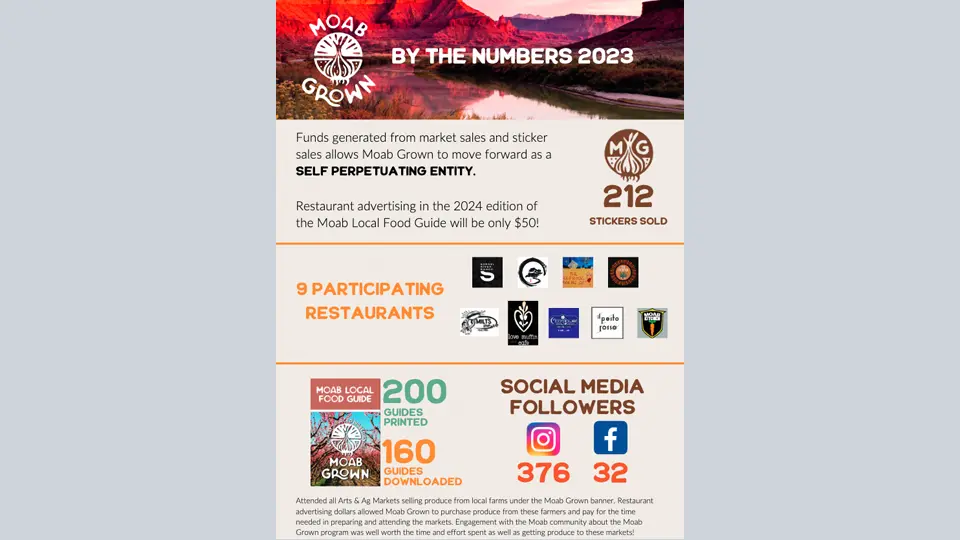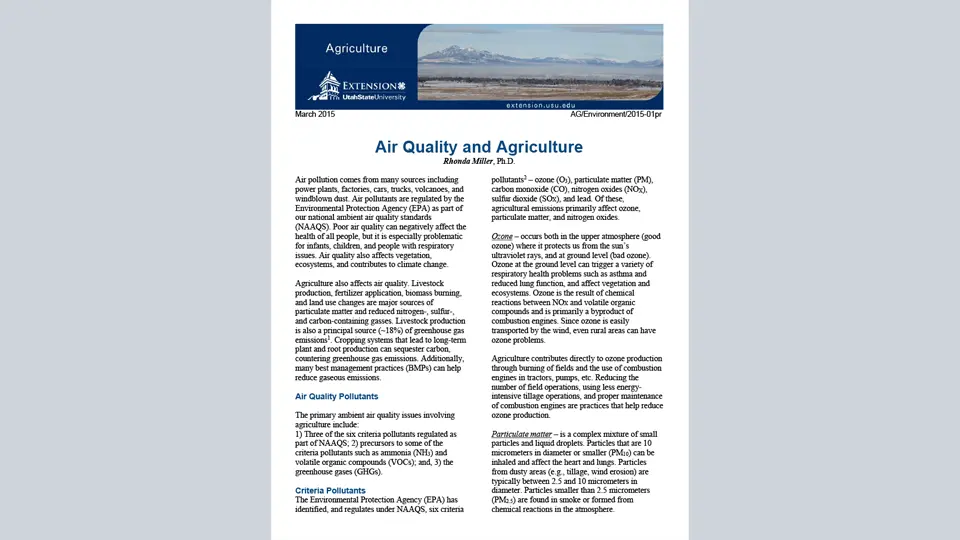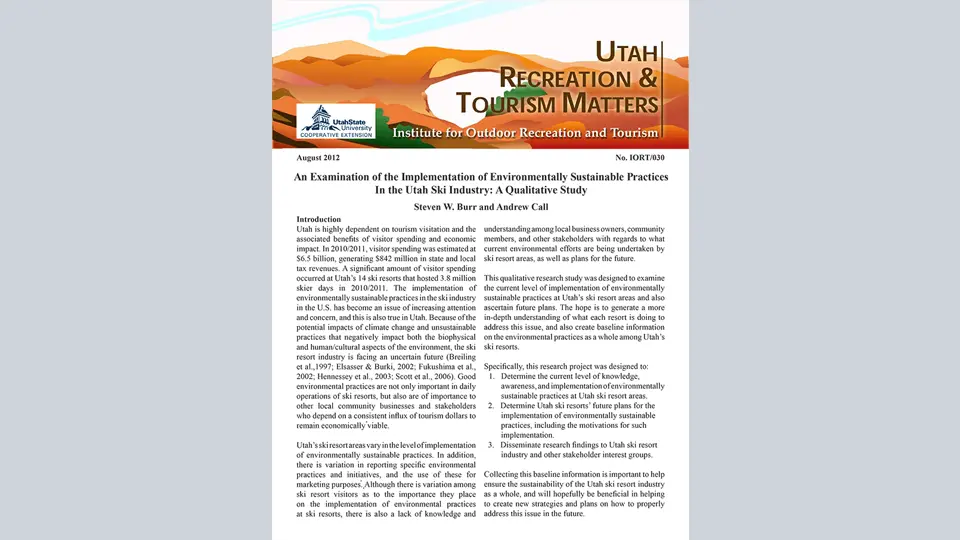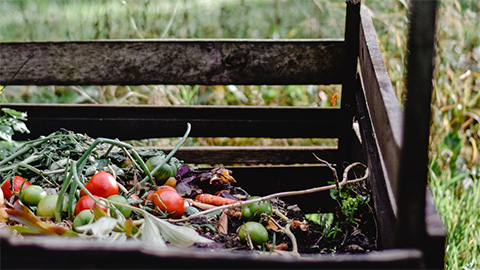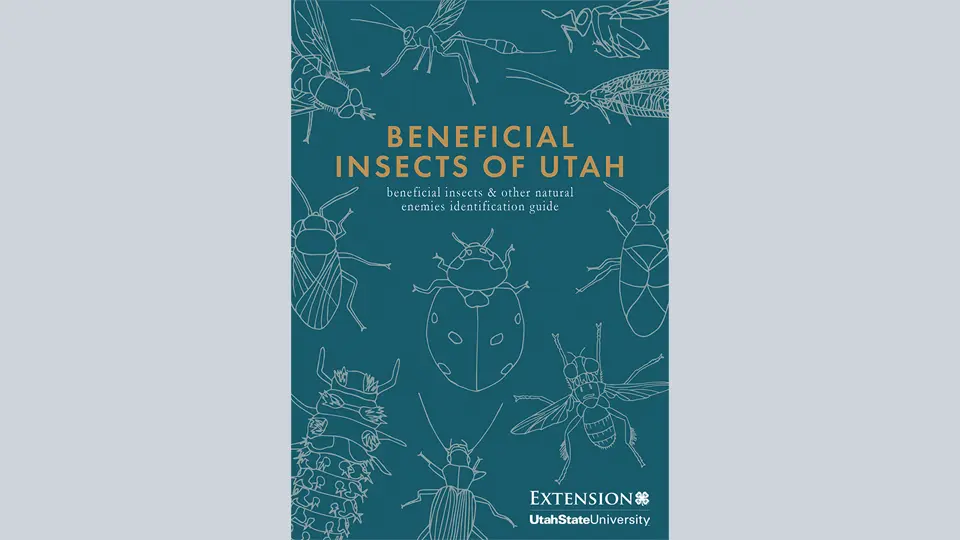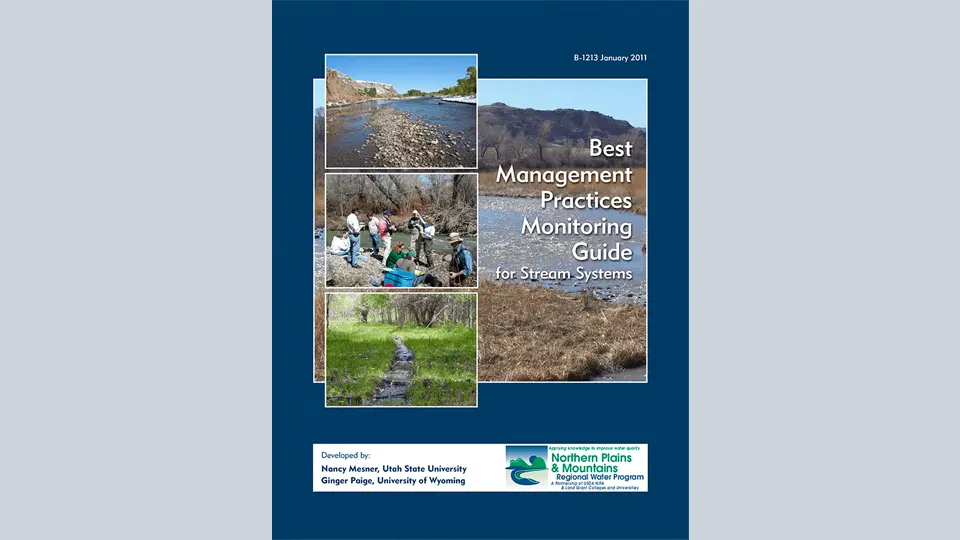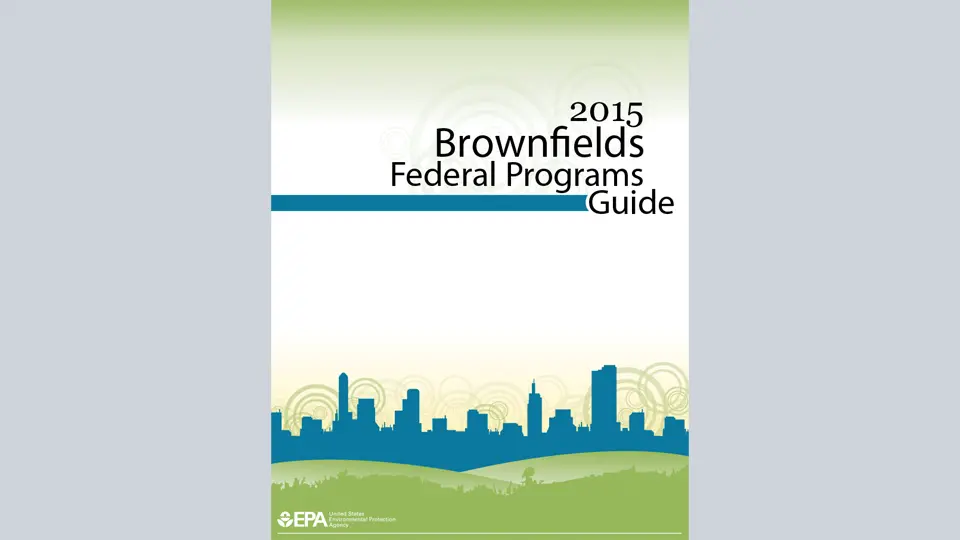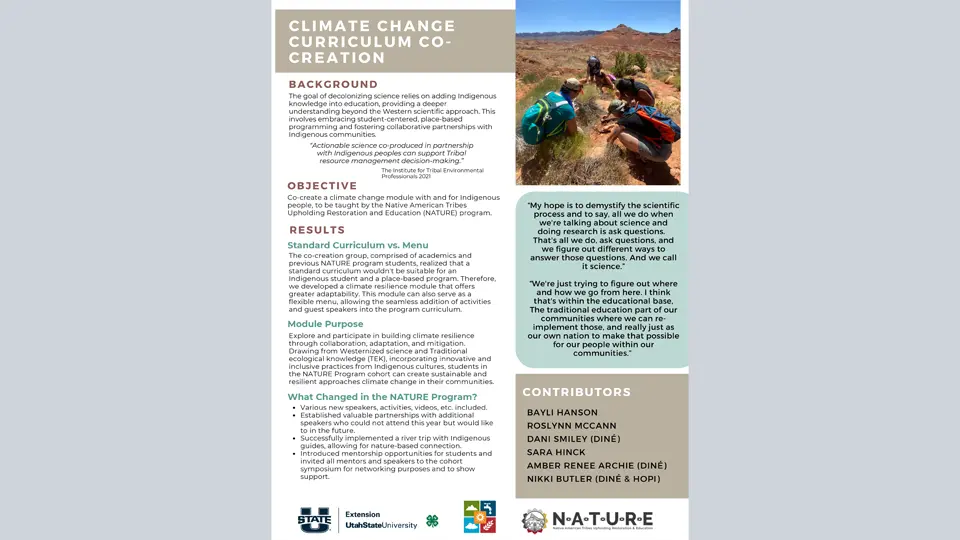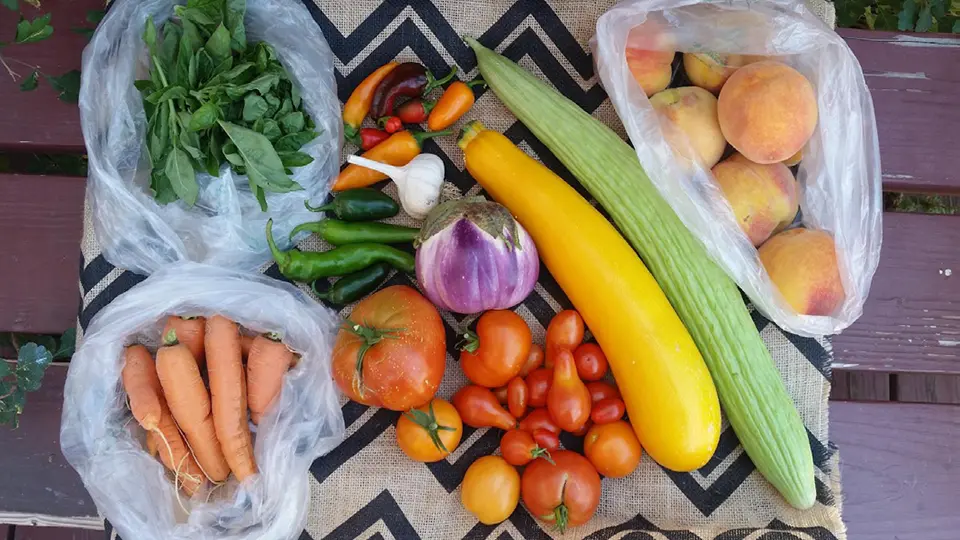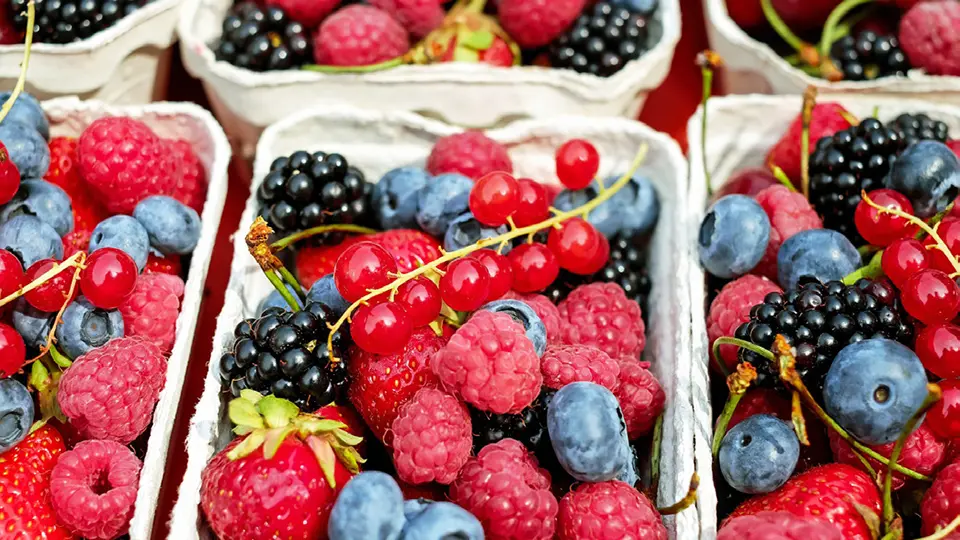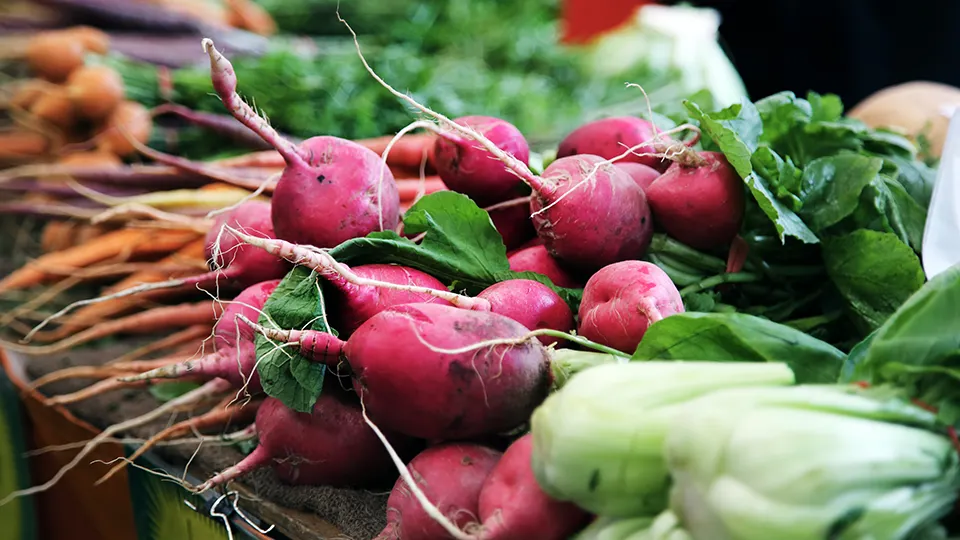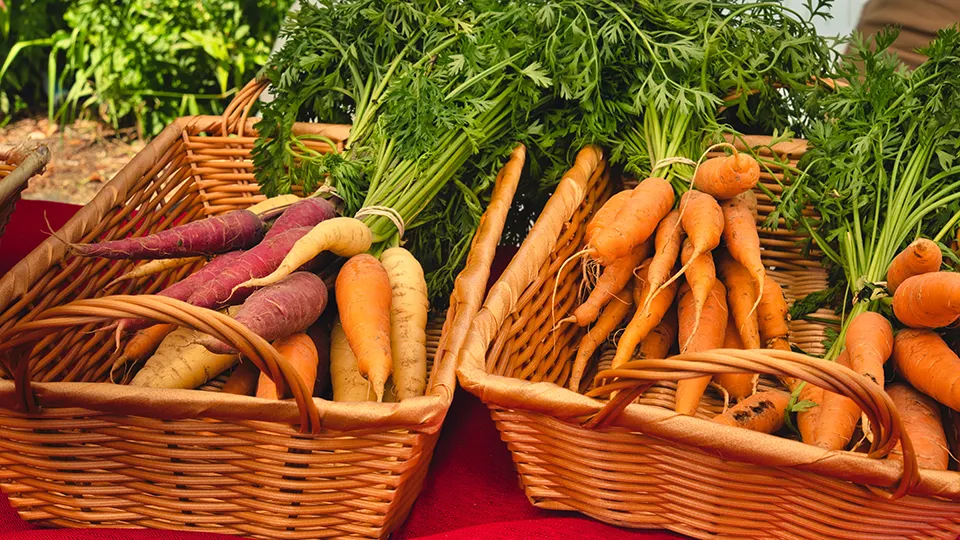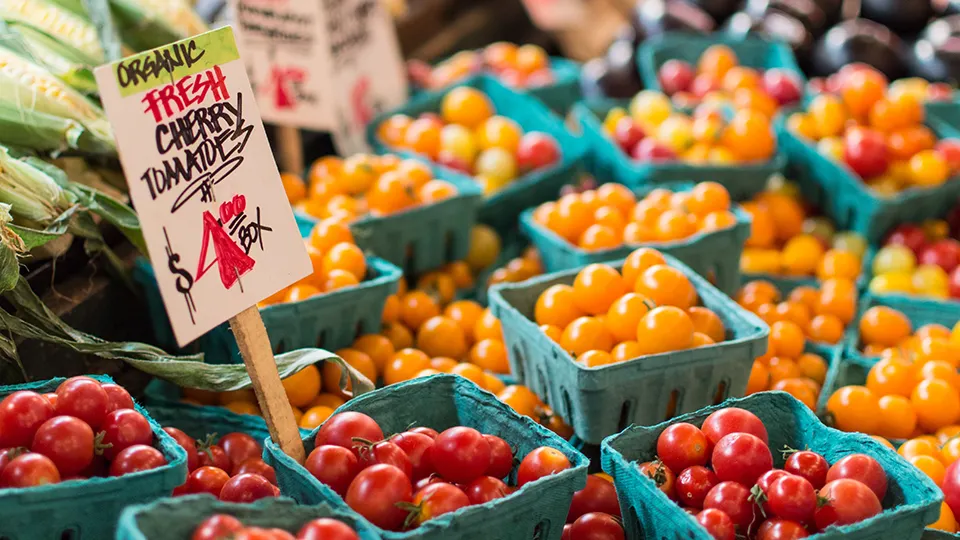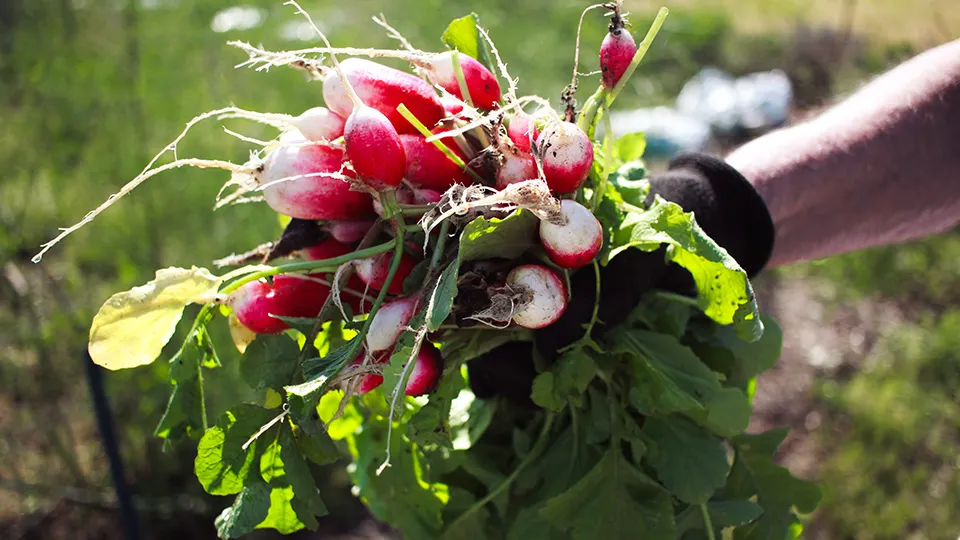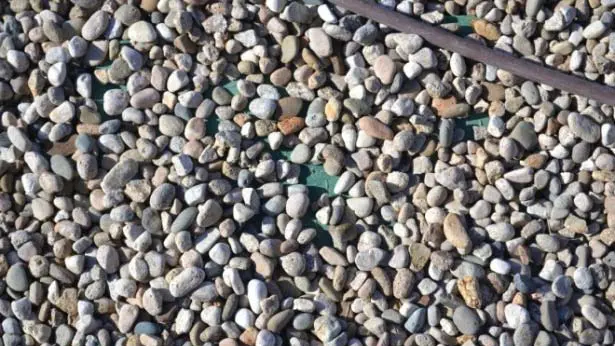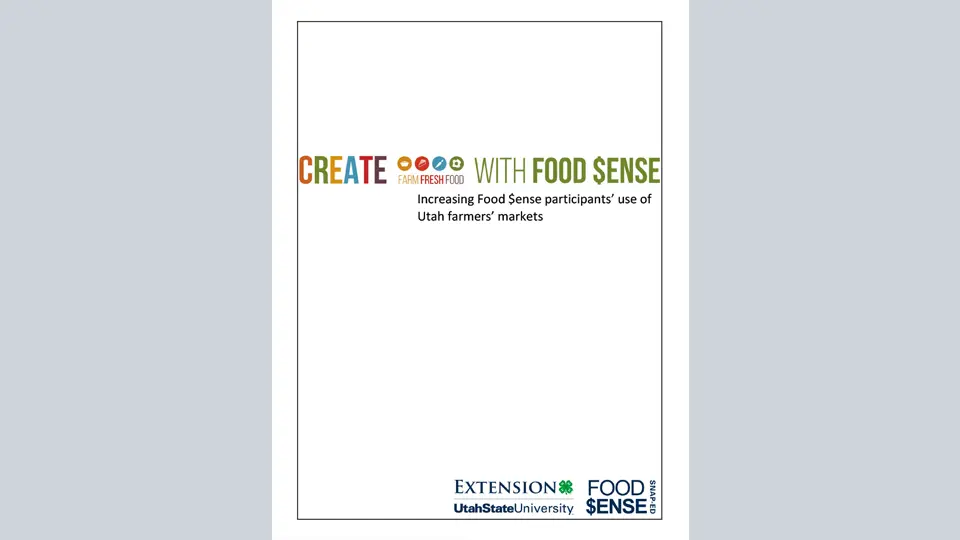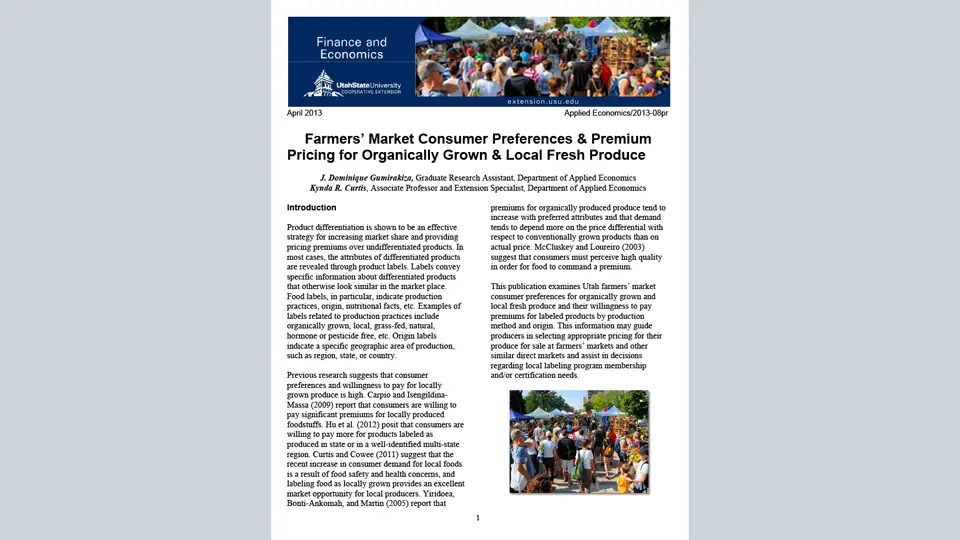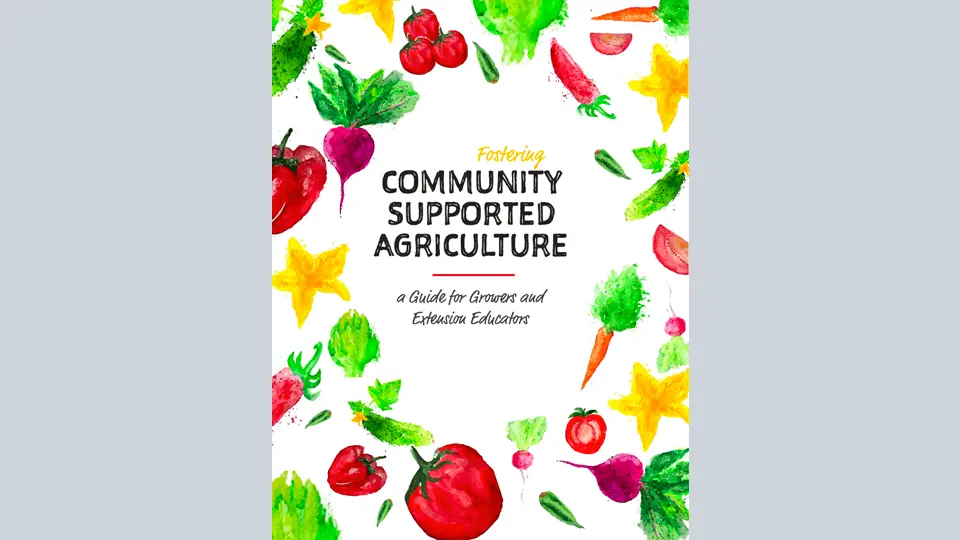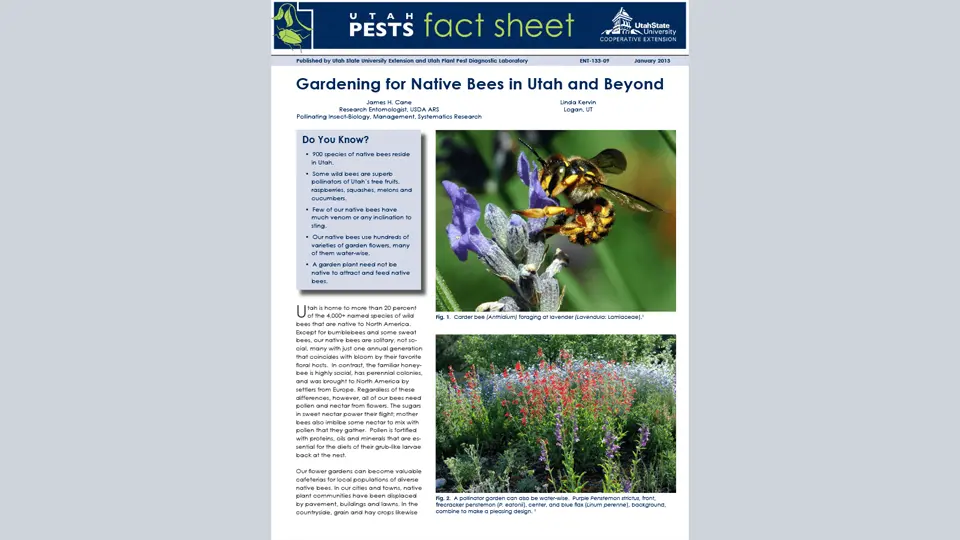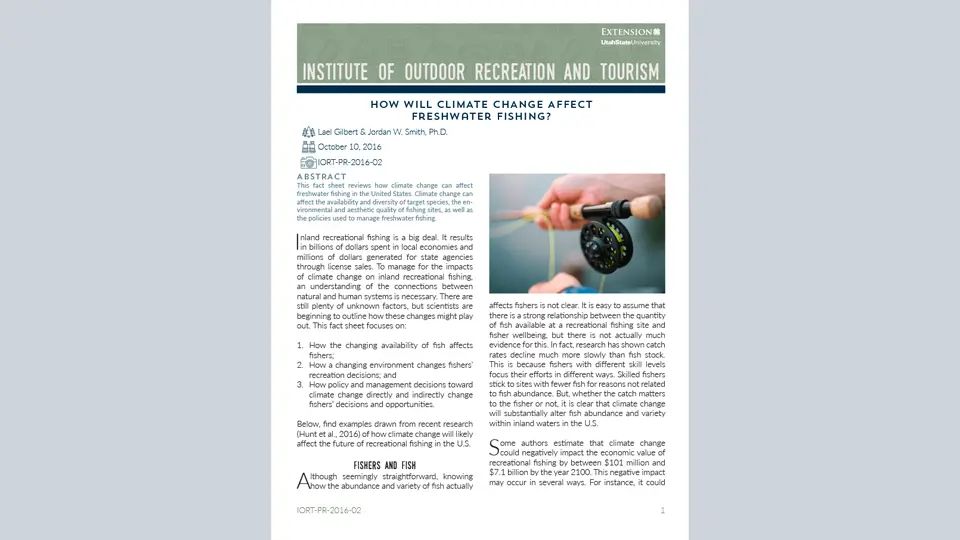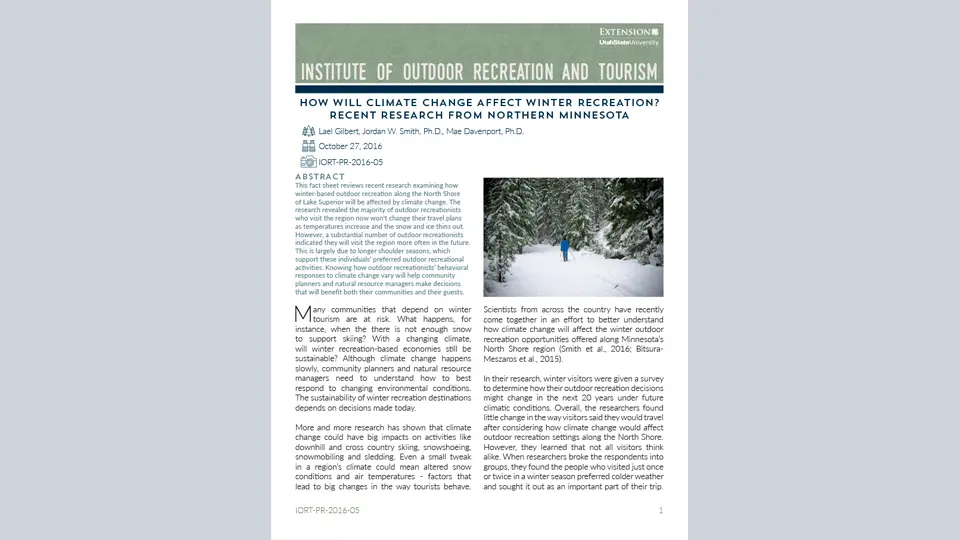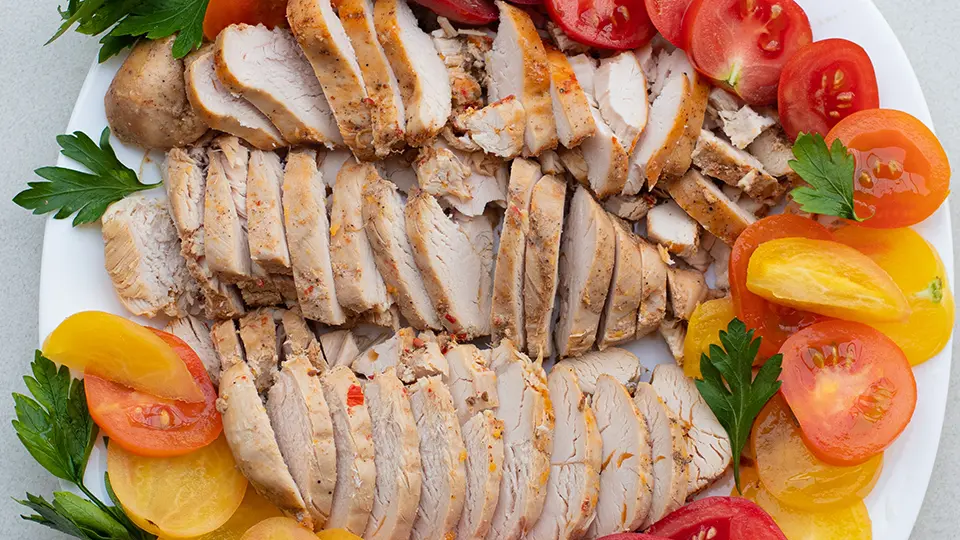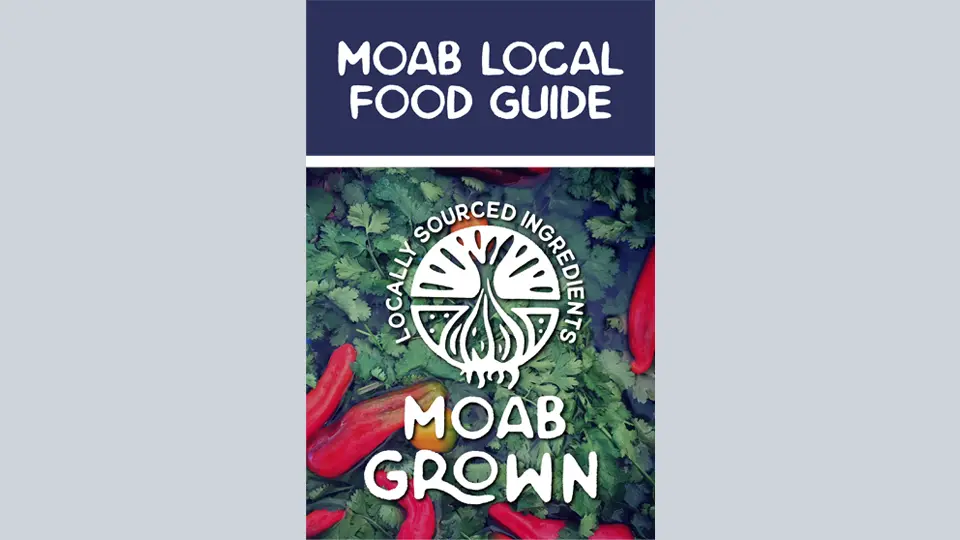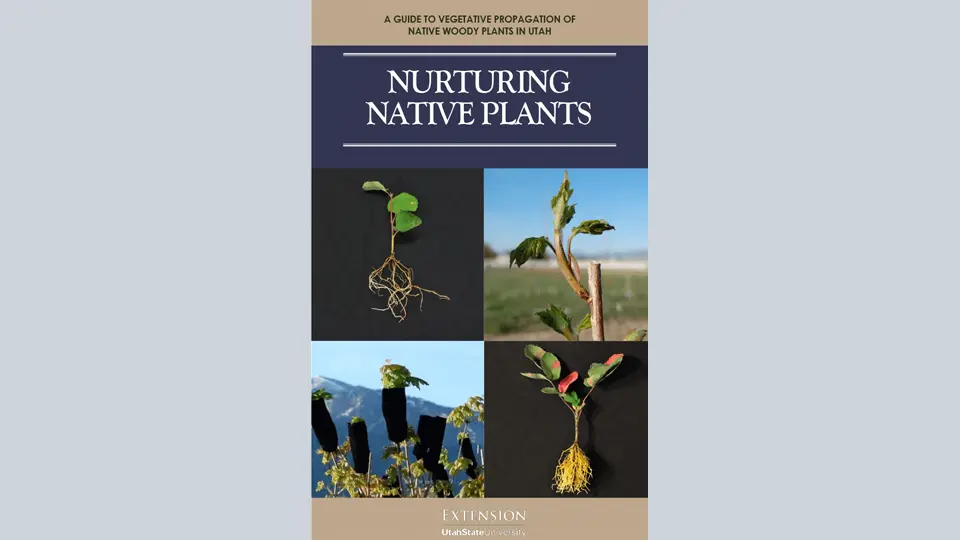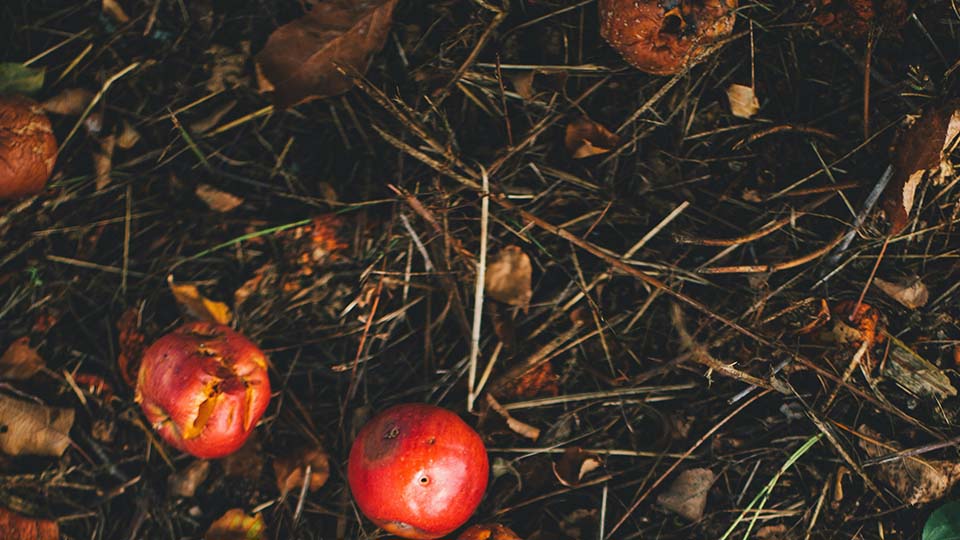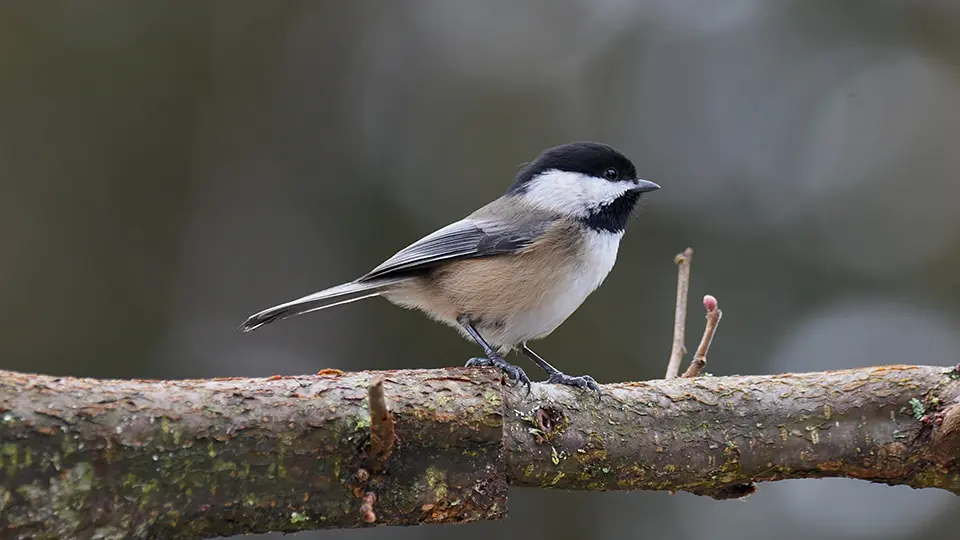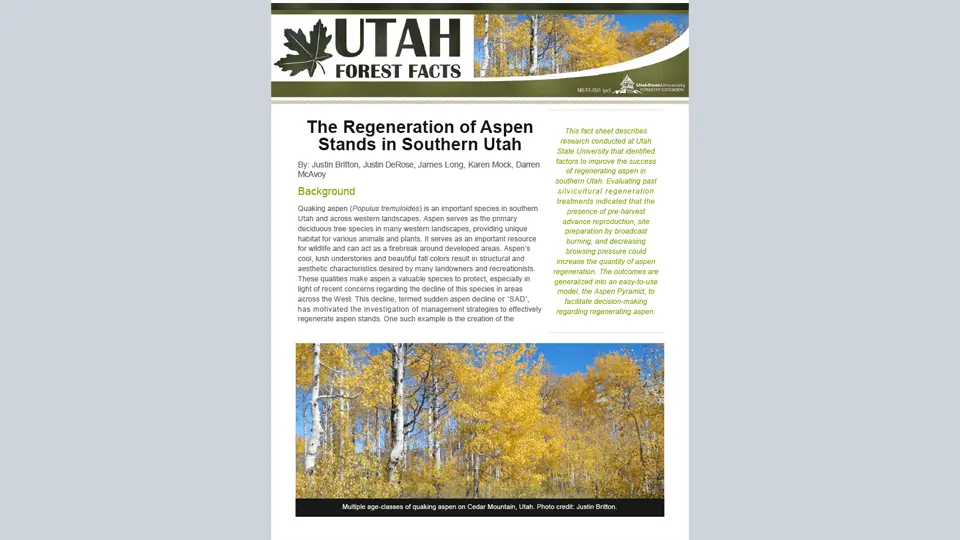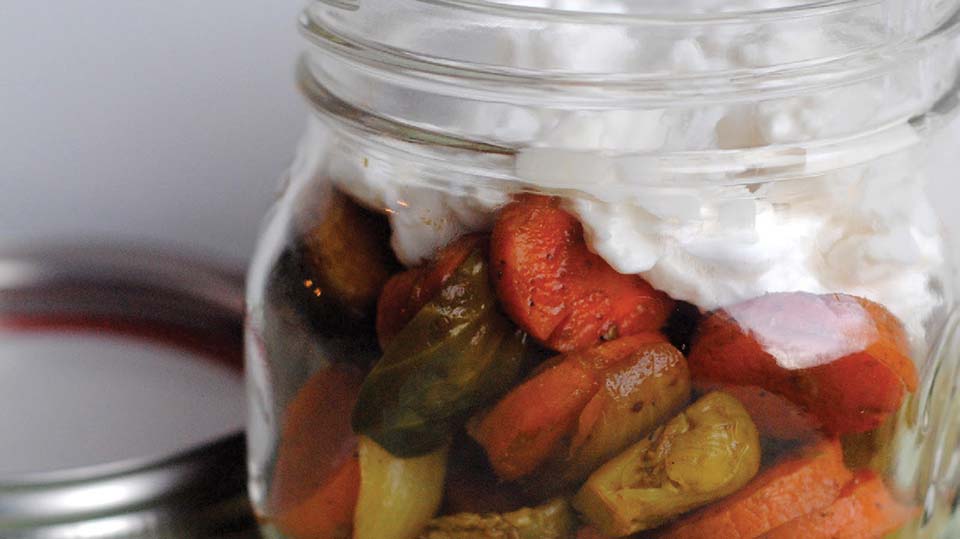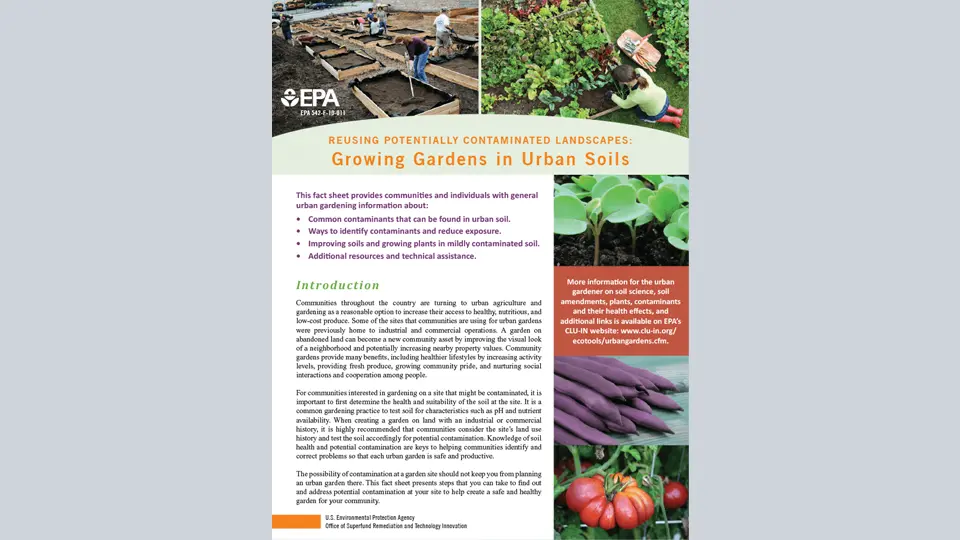Beef Production & Consumption: Sustainable Alternatives

“Sustainability” and Beef
Sustainable living involves choosing a lifestyle with minimal environmental impacts. The ultimate goal is to leave future generations with a healthier environment than the one we were born into. How can we do that with beef consumption? Beef is part of American culture, so is there a way to make wiser choices when it comes to purchasing beef? The short answer is, yes!
Animal Welfare Practices
One way to make more sustainable choices when it comes to consuming beef is by finding out how the animal was raised and how the meat was processed. Where did it come from? Was the animal raised in a crowded indoor space or with adequate living room in an outdoor pasture? These are all points to consider. Grocery stores are beginning to step up to consumer demand regarding how their food is produced. A leading example can be found in Whole Foods Market and collaboration with the Global Animal Partnership. This is a non-profit organization dedicated to improving the lives of farm animals raised for meat. One of their primary successes, which Whole Foods Markets use, is the 5-Step Animal Welfare Rating™ system, illustrated below.
| Step 1 No crates, no cages |
Animals live their lives with space to move around and stretch their legs. |
| Step 2 Enriched environment |
Animals are provided with enrichments that encourage behavior that's natural to them, like a bale of straw for chickens to peck at, a bowling ball for pigs to shove around, or a sturdy object for cattle to rub against. |
| Step 3 Enhanced outdoor access |
Pigs, chickens, and turkeys might live in buildings, but they all (yes, each and every one of them) have access to outdoor areas. |
| Step 4 Pasture centered |
When living outdoors, chickens and turkeys get to forage, pigs get to wallow, and cattle get to roam. |
| Step 5 Animal centered; all physical alterations prohibited |
At Step 5, the well-being of the animals is the primary focus; efficiency and economy are secondary. |
| Step 5+ Animal centered; entire life on same farm |
Animals raised to Step 5+ standards must be born and live their entire lives on one farm. |
Why Pasture?
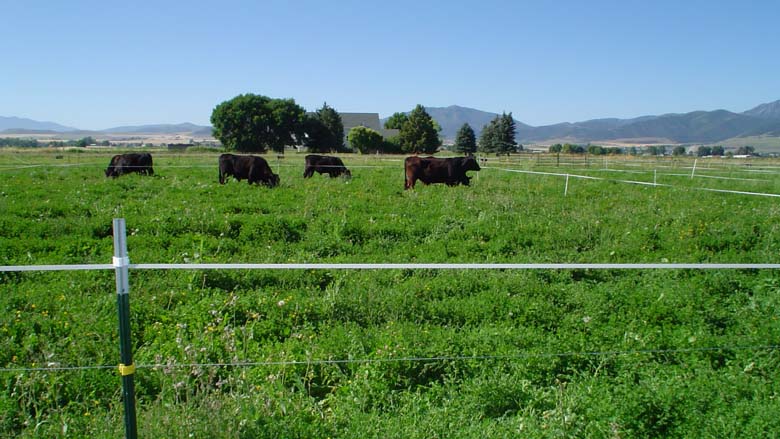
An important note in the Global Animal Partnerships animal welfare ratings is that step 4 involves a pasture-centered approach. Why is this so important?
Cattle evolved near the Mediterranean Sea along with grass and legume forages. Therefore, they can derive all the nutrition they need from grazing these forages. In the U.S., however, cattle are fattened on grain in feedlots for 3-4 months because they can gain weight quickly on these high-starch diets and add fat to their muscles (meat), just like humans do. The digestion of feedlot levels of starch in the rumen produces excess acid that can damage the rumen wall and allow microbes into the bloodstream, causing lesions in the rumen. In feedlots, antibiotics are administered to cattle every day in their feed to prevent these liver abscesses. Hormones are also routinely fed to increase the growth rate of feedlot cattle. Feed nutrients, antibiotics and hormones are present in feedlot manure, which typically accumulates for several months, subject to leaching from snowmelt or rainfall. The negative impacts of feedlot finishing include runoff and emissions, but nutrients in feedlot waste are never returned to the cropland where the feed was produced.
The biggest appeal of finishing U.S. cattle in feedlots has been that they can gain as much as 4 lbs per day for 4 months in the feedlot. In comparison, cattle on grass pastures can only gain about 1.5 lbs per day. What difference does this make in the cut? Generally, the steaks from feedlot cattle grade “choice” because they are marbled with fat, while grass-fed cattle are leaner.
Pasture-Centered: A Sustainable Alternative to Feedlots
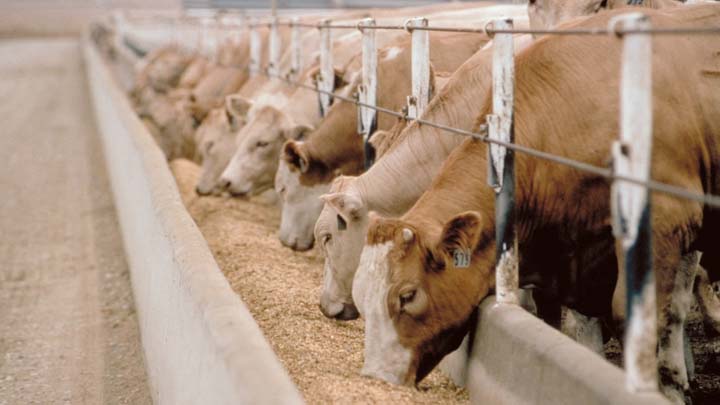
Scientists at Utah State University have found that cattle grazing birdsfoot trefoil, a forage that grows well in the northern Mountain West, can gain 2.5 to 3.5 lbs. per day, approaching feedlot rates of gain. Birdsfoot trefoil, like other legumes, synthesizes its own nitrogen, eliminating the need for nitrogen fertilization, a big advantage over grass pastures. Like all pasture-fed cattle, BFT-fed cattle have higher omega-3 fatty acids and conjugated linoleic acid (CLA), while the fat of grain-fed cattle is higher in saturated fatty acids. Finishing cattle on legume pastures eliminates grain from beef cattle diets, saving about 1,000 lbs of corn per cow
Most of the land used for forages shouldn’t be used for grain production. This is because only the most fertile and level farmland should be used to grow annual grain crops like corn or soybeans. However, nearly all agricultural land can be used for forage plants. Therefore, finishing cattle on legume pastures doesn’t need to be done on land that can be used to produce cereal grains.
Cattle and grain are both transported to feedlots mainly in California, Colorado, Kansas, Nebraska, Oklahoma, South Dakota, Texas, and Wyoming, but cattle can be finished on pasture almost anywhere. An added benefit is that locally produced beef sold directly to consumers means producers keep more of the profit.
Cattle process their feed through fermentation in their rumen, which produces methane, and methane (like nitrogen gases) is a greenhouse gas. The higher the quality of the forage, the lower the methane production. Less methane is produced by cows grazing forages such as BFT than by cows grazing grass.
Eliminating grain and nitrogen fertilization, reducing methane, reducing transportation, and increasing farm profitability while producing food locally makes pasturefinished beef more sustainable. Utah State University is collaborating with Utah beef producers to bring foragefed beef to the market (utilizing BFTv as well as various pasture mixes).
What Can You Do?
- Visit your local butcher.
- Get to know beef producers in your area.
- Request pasture-fed beef at the grocery store.
- Purchase pasture-fed beef if available at your grocery store.
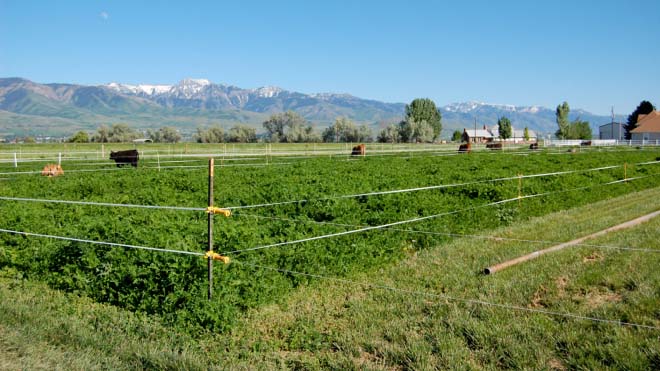
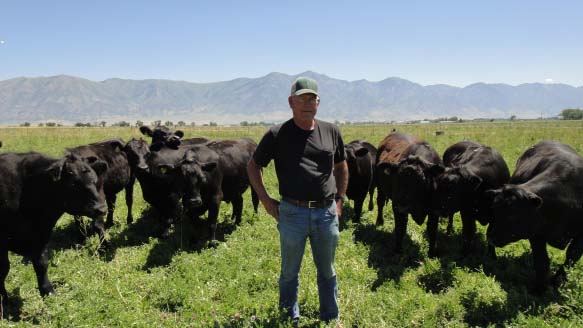
References
- Whole Foods Market. (2012). Meat: The 5-step animal welfare rating™. Retrieved from the Whole Foods Market website: http://www.wholefoodsmarket.com/products/5step.php
May 2013
Utah State University Extension
Peer-reviewed fact sheet
Authors
Jennifer MacAdam & Roslynn Brain
Departments of Plants, Soils & Climate; Environment & Society
Related Research



